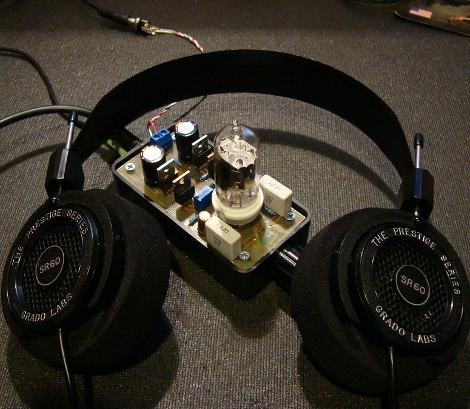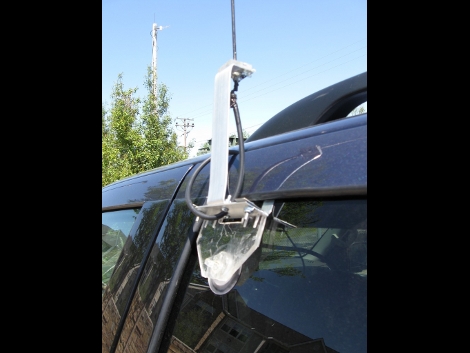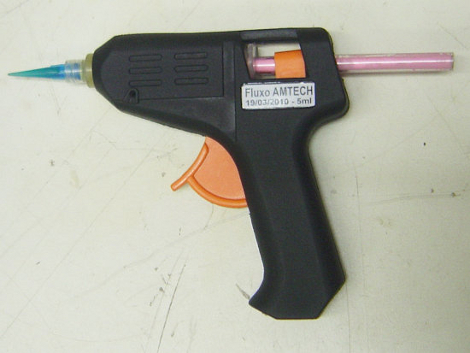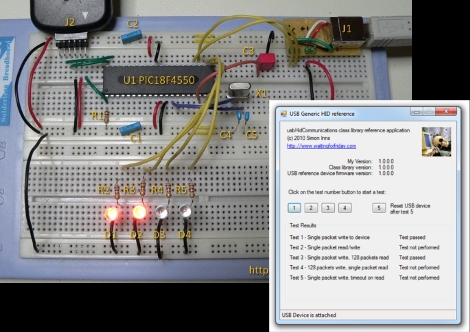
We like to check in from time to time on the scratch-built tube amp scene. [Rogers Gomez] recently posted his build of a headphone tube amp. This is somewhat related to his work from 2008, but this time around it’s simple enough to serve as an entry into amplifier construction for beginners. The PCB layout is clean and simple, makes for easy board etching, and it’s small enough to fit into an enclosure that can pass as a headphone accessory. Only one tube is needed, with a total parts bill coming in around the $50 mark. If you build it, heed his advice on testing with a pair of cheap headphones before you risk plugging in your prized pair.
Still want an amp but don’t care to source the vacuum tube? [Giovanni], who sent in the original tip, build one a while back and housed it in an external CD-ROM enclosure.















